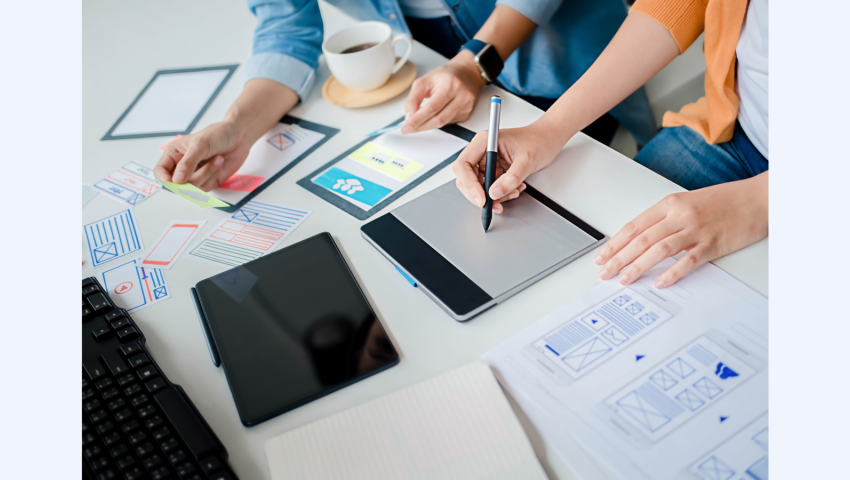BH WELL exists to promote behavioral health and wellness among individuals facing behavioral health challenges. Learn more about BH WELL at https://bhwell.uky.edu. Follow us on social media.

Creativity in the Workplace
You may think about creativity and ascribe it to artists, photographers, and architects. But creativity is for all people, even those who are not in “artistic” professions. Do you ever find yourself combining unusual elements in a dish for dinner, perhaps simply to use up expiring ingredients? That requires creativity. Having an eye to find the perfect item at a thrift store takes creativity. Dancing at a wedding takes creativity to move your body in unique ways. How you organize your closet takes creativity! These everyday examples highlight the regularity that creativity can have in our lives.
There is no doubt that creativity is the most important human resource of all. Without creativity, there would be no progress, and we would be forever repeating the same patterns.
—Edward de Bono
Creativity was required to quickly pivot and create the COVID-19 vaccines. It was required to design aircrafts which have globalized our world. It is required to make systems more efficient, to maximize resources, and to progress in novel ways!
According to Helzer and Kim (2019), having a creative state of mind in the workplace can allow people to respond to stress more flexibly by providing alternative solutions. These alternatives might not come to mind in a less creative state. Adaptability involves creativity; Therefore, creative mindsets in the workplace can decrease stress by quickly pivoting to innovative solutions to rising problems.
I think a good question might be not why do people create? But why do people not create or innovate? We have got to abandon that sense of amazement in the face of creativity, as if it were a miracle if anybody created anything.
—Abraham Maslow
Creative ventures lead to decreased stress and a slew of other skills that promote personal empowerment. Creativity leads to novel, efficient solutions. There are also numerous mental health benefits that derive from creative expression. Research has shown that creativity serves as a coping mechanism for emotion regulation (Jean-Berluche, 2024). It also improves cognitive flexibility which allows individuals to adapt and be flexible by being quick to pivot with innovative solutions. Lastly, creative expression has been shown to improve social connectedness and feelings of belonging.
With these benefits in mind, we invite you to practice creativity today:
- Choose a common household item and make a list of 15 uses for it.
- Brainstorm new projects that fit the heart of your mission at work.
- Refresh your home by rearranging your furniture or items on a shelf.
- Choose a new spice to add to your dinner.
- Plan a themed party.
- Browse Pinterest for inspiration on a project you are interested in.
- Try your hand at photographing nature.
- Journal to process your day or dream about an interest you have.
References
Helzer, E. G., & Kim, S. H. (2019). Creativity for workplace well-being. Academy of Management Perspectives, 33(2), 134-147.
Jean-Berluche, D. (2024). Creative expression and mental health. Journal of Creativity, 100083.
Serrat, O. (2017). Harnessing creativity and innovation in the workplace. Knowledge solutions: Tools, Methods, and approaches to drive organizational performance, 903-910.